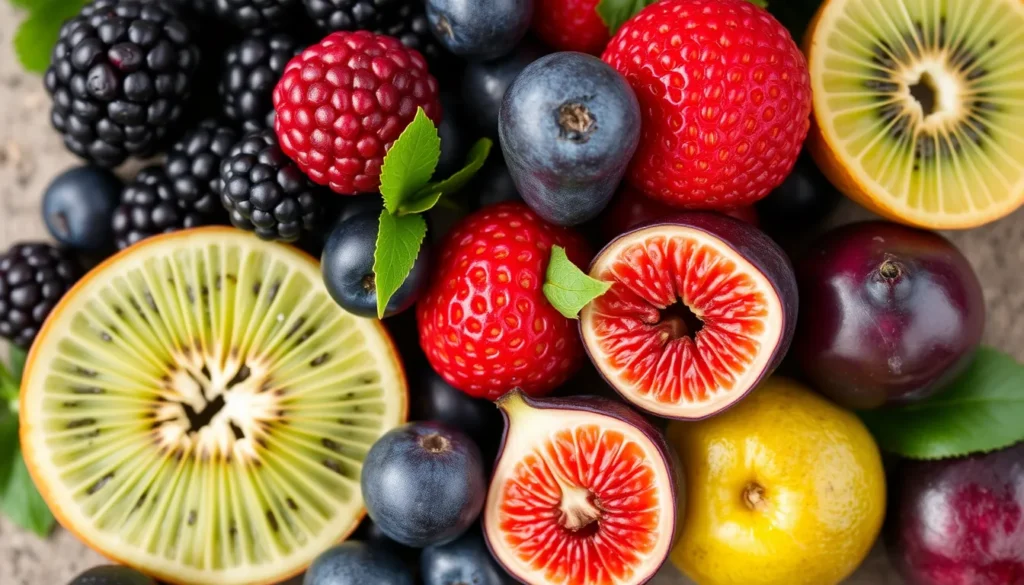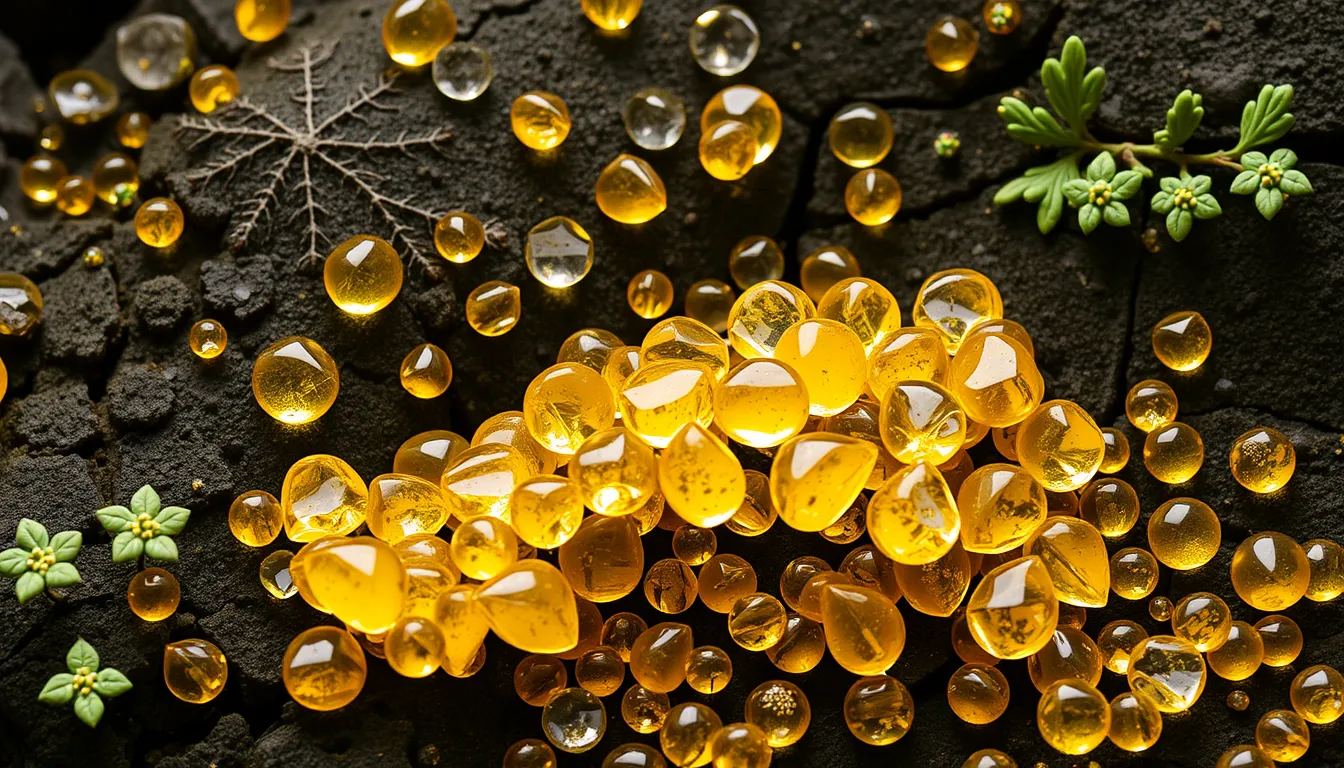Are you a fan of spinach in your salads or almonds as a snack? While these foods are packed with nutrients, they’re also high in oxalates – compounds that can cause health issues for some people. In this post, we’ll explore high-oxalate foods, their potential side effects, and ways to enjoy them safely.
What Are Oxalates?
Oxalates are naturally occurring compounds found in many plant-based foods. While they’re not inherently harmful, high levels of oxalates can lead to health problems for some individuals.
Examples of High-Oxalate Foods
Here’s a list of fruits and vegetables that are generally considered high in oxalates:
Fruits:

- Blackberries
- Blueberries
- Raspberries
- Strawberries
- Kiwi
- Figs (dried more than fresh)
- Tangerines
- Plums
Vegetables:

- Spinach
- Swiss chard
- Beet greens
- Rhubarb
- Okra
- Potatoes (especially the skin)
- Sweet potatoes
- Carrots
- Beets
- Celery
- Leeks
- Parsley
- Collard greens
- Kale
- Mustard greens
- Eggplant
Other plant-based foods high in oxalates:

- Nuts (especially almonds, cashews, and peanuts)
- Soy products
- Cocoa and chocolate
- Beans and legumes
Oxalate content can vary based on growing conditions, preparation methods, and serving sizes. If you’re managing oxalate intake for health reasons, it’s best to consult with a healthcare professional or registered dietitian for personalized advice.
Excess consumption of high-oxalate foods can lead to several health issues, primarily:
- Kidney stones: This is the most common and well-known consequence. About 80% of kidney stones are made of calcium oxalate.
- Reduced mineral absorption:
- Calcium: Oxalates can bind to calcium in the digestive tract, reducing its absorption.
- Iron: High oxalate intake may interfere with iron absorption, potentially contributing to anemia.
- Gut health issues:
- Some people may experience digestive discomfort, including bloating or abdominal pain.
- In rare cases, excessive oxalate consumption can damage the gut lining.
- Vulvodynia: Some research suggests a link between high oxalate intake and this chronic pain condition affecting the vulvar area.
- Joint pain: In rare cases, excess oxalates may contribute to joint pain, though this is more common in people with certain genetic conditions.
- Nutrient deficiencies: Due to reduced mineral absorption, long-term high oxalate intake might lead to deficiencies in calcium, iron, and other minerals.
- Hyperoxaluria: A condition where there’s too much oxalate in the urine, increasing the risk of kidney damage over time.
Potential Side Effects of Excess Oxalate Consumption
- Kidney Stones: The most common issue associated with high oxalate intake. Oxalates can bind with calcium in the kidneys, forming painful stones.
- Reduced Mineral Absorption: Oxalates can interfere with the absorption of important minerals like calcium and iron.
- Digestive Discomfort: Some people may experience bloating, gas, or abdominal pain when consuming high-oxalate foods.
- Joint Pain: In rare cases, excess oxalates may contribute to joint pain or inflammation.
Ways to Avoid or Mitigate Risks
- Moderate Your Intake: You don’t need to eliminate high-oxalate foods entirely. Instead, enjoy them in moderation.
- Pair with Calcium-Rich Foods: Consuming calcium alongside high-oxalate foods can help bind oxalates in the digestive tract, reducing absorption.
- Cook Your Veggies: Boiling high-oxalate vegetables can reduce their oxalate content. Remember to discard the cooking water.
- Stay Hydrated: Drinking plenty of water helps flush oxalates from your system.
- Consider Timing: Avoid eating large amounts of high-oxalate foods in a single sitting.
- Balance Your Diet: Ensure you’re getting a variety of foods, not just those high in oxalates.
- Consult a Professional: If you’re prone to kidney stones or have other health concerns, speak with a dietitian or healthcare provider for personalized advice.
Remember, while oxalates can be problematic for some, many high-oxalate foods are also rich in beneficial nutrients. The key is finding the right balance for your individual health needs.
Have you had experiences with high-oxalate foods? Share your thoughts and tips in the comments below!





